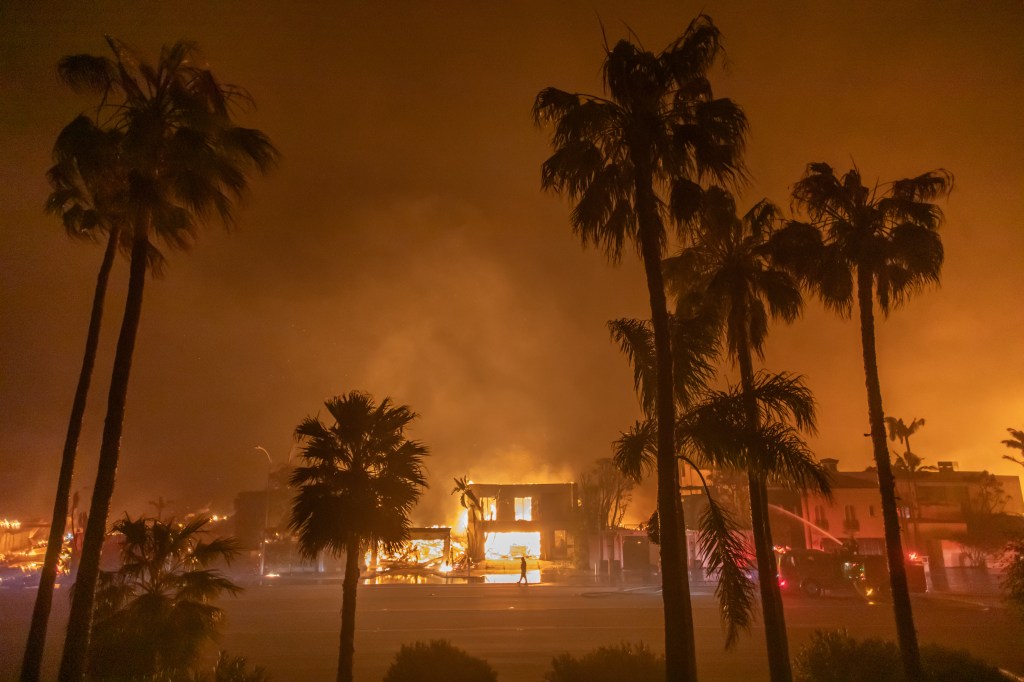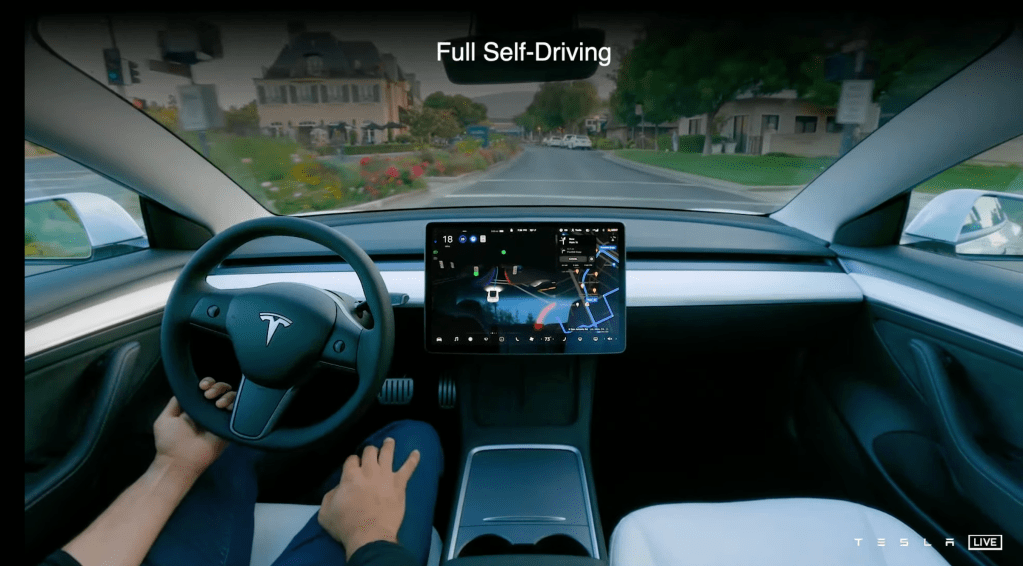In recent years, the escalating frequency and intensity of wildfires have underscored the urgent need for innovative defense mechanisms. Traditional methods, while effective to a degree, often fall short in the face of rapidly spreading fires. Enter Sonic Fire Tech, a pioneering startup that is exploring the potential of infrasound—sound waves below the human hearing threshold—as a novel means to combat these devastating blazes.
The Genesis of Acoustic Fire Suppression
The concept of using sound to extinguish fires isn’t entirely new. A decade ago, two college students developed a fire extinguisher that utilized a 10-inch subwoofer to douse flames, capturing widespread attention and even earning a spot on The Tonight Show. However, the idea didn’t progress significantly beyond that initial buzz. Prior to this, in 2012, the Defense Advanced Research Projects Agency (DARPA) had also delved into the potential of acoustic fire suppression, and numerous researchers have since explored the concept.
Despite these efforts, practical applications remained elusive until Sonic Fire Tech entered the scene. The startup has developed an acoustic fire suppression system that not only extinguishes flames but also offers potential protection for homes and other structures against wildfires. This innovation has attracted significant investment, with the company securing a $3.5 million seed round from notable investors, including Khosla Ventures and Third Sphere.
The Economic and Environmental Imperative
Wildfires impose a staggering financial burden on the United States, with costs reaching up to $424 billion annually. The situation is particularly dire in states like California, where repeated fires have led insurers to reconsider policy renewals, leaving many homeowners vulnerable. In this context, Sonic Fire Tech’s technology offers a promising alternative to traditional fire suppression methods, which often rely on water—a resource that can be scarce in fire-prone regions.
From Concept to Prototype
The journey of Sonic Fire Tech began with Michael Thomas, the chairman of the startup’s board, who had been experimenting with the idea of using sound to combat fires. Facing challenges in his research, Thomas reached out to Geoff Bruder via LinkedIn. Bruder, with his background at NASA focusing on heat and acoustics, found the concept intriguing. He recounted, I got a subwoofer and some parts from Home Depot and AutoZone and said, ‘Hey, let’s see if we can do any better than other people had.’ We knocked a fire out from seven feet in my driveway.
Recognizing the limitations of audible frequencies—which, at the necessary intensities, could damage human hearing—the team shifted their focus to infrasound. This approach required a complete redesign of traditional speaker systems. The result was a system that employs a reciprocating piston, akin to those found in car engines but significantly larger. An electric motor drives a crankshaft, which moves a two-foot piston to generate infrasound, defined as sound waves below 20 Hz. Bruder explained, Since we designed everything ourselves, we dropped the frequency to where we’re below audible range, which helps us transmit further, and it makes it safe.
Implementation and Potential Impact
Sonic Fire Tech’s current system has demonstrated effectiveness at distances up to 25 feet. Bruder suggests that scaling up the system could extend its reach to approximately 330 feet. The company plans to offer and install this system at a cost of about 2% of a home’s value and is in discussions with insurance companies to validate the technology.
To safeguard a residence, the system channels infrasound from a single generator through rigid ducts positioned along the roof’s ridge and beneath the eaves. On the ridge, the ducts direct sound downward to address potential fires ignited by debris in the gutters. Under the eaves, they aim toward the ground to suppress flames near the walls. The system activates upon detecting a flame.
Operating at approximately 500 watts, the home-based system includes plans for lead-acid battery backups to ensure functionality during power outages. Unlike sprinkler systems, it doesn’t require a water source, making it particularly suitable for arid, wildfire-prone areas.
Sonic Fire Tech is collaborating with utility companies like PG&E and Southern California Edison to demonstrate the technology on homes. Additionally, the company has signed a letter of intent with a chemical storage facility, indicating the system’s versatility and potential applications beyond residential settings.
Looking Ahead
The development of infrasound-based fire suppression represents a significant advancement in wildfire defense strategies. By leveraging sound waves beyond the range of human hearing, Sonic Fire Tech offers a safe, water-independent, and potentially more effective method to protect structures from the ravages of wildfires. As the technology progresses and gains validation, it could become a critical tool in mitigating the economic and environmental impacts of these increasingly common natural disasters.



